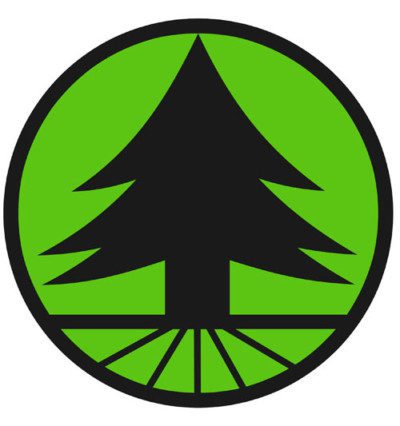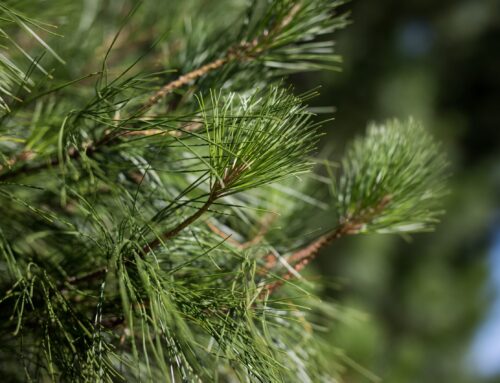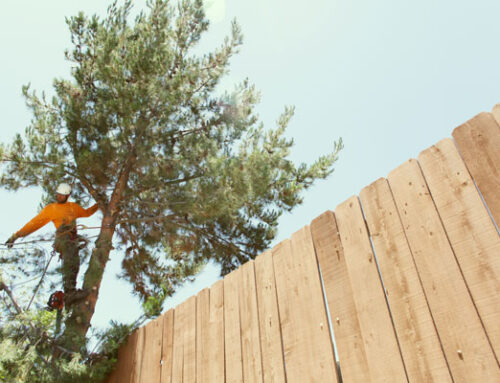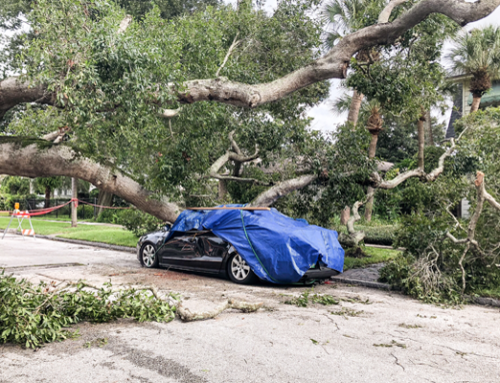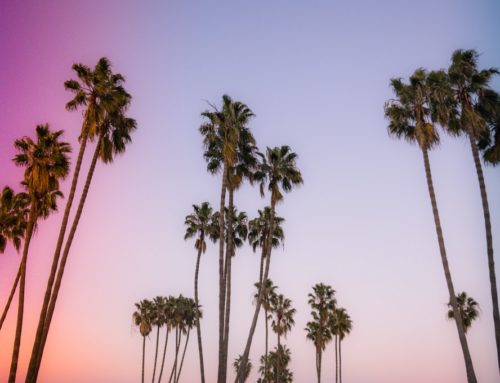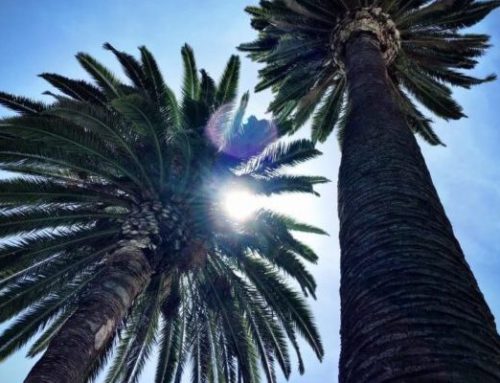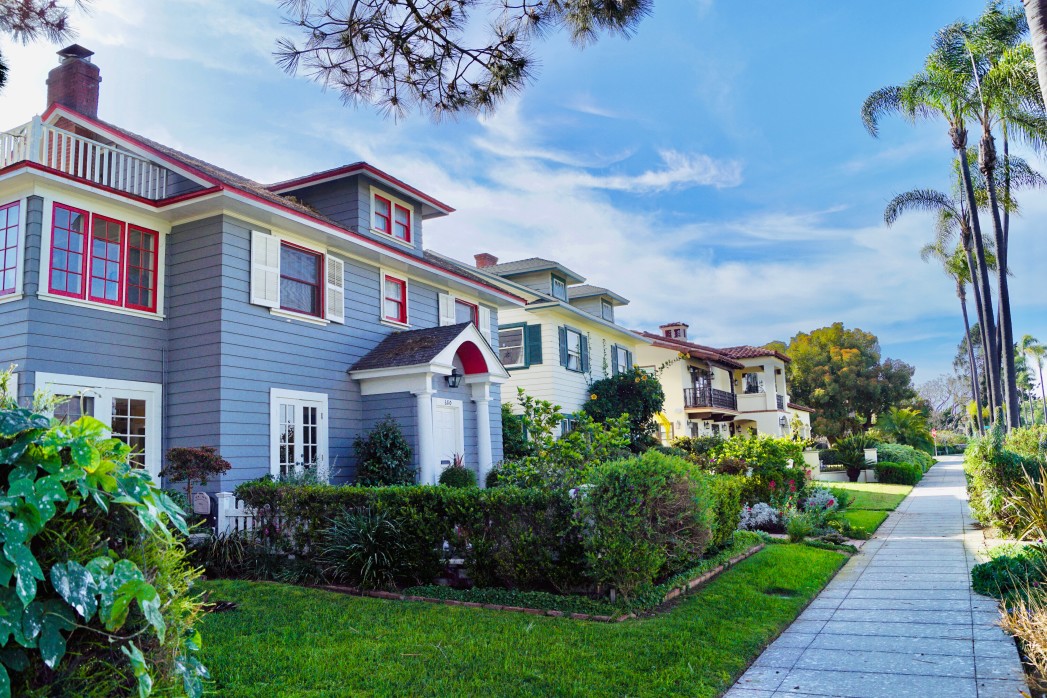
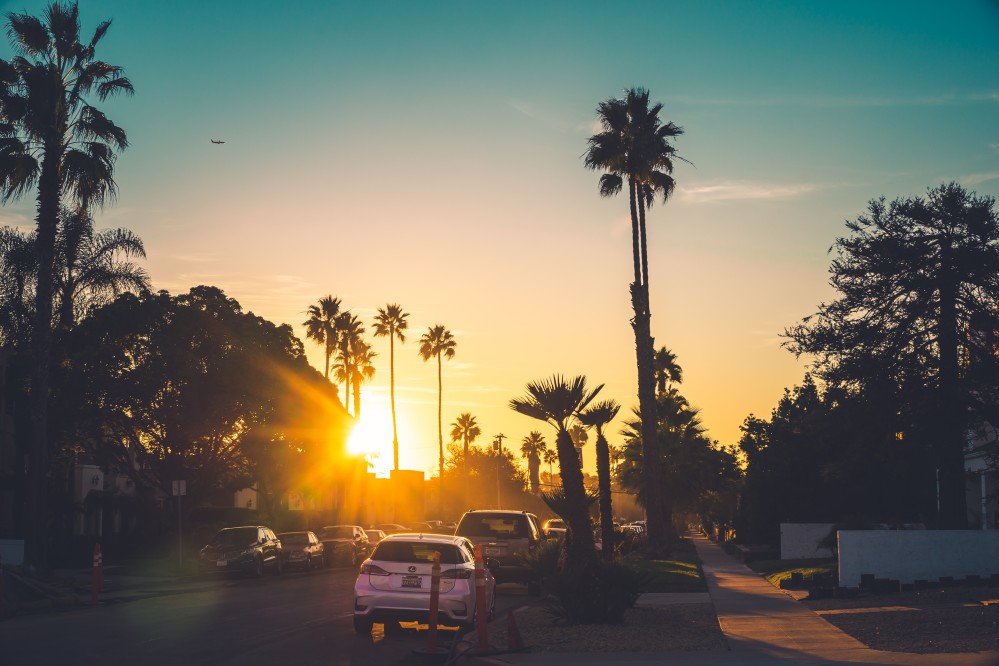
As a tree service company in San Diego, it’s a scenario that we run into frequently each year. Let’s pretend that you’re a potential customer who is contacting us to have an overgrown tree at the front of your home or commercial property trimmed or removed. We send an estimator to take a look at it—but to your surprise, you are told that we can do nothing to the tree without the City’s permission. Why? Because that tree, also referred to as a street tree, does not even belong to you—it belongs to the City of San Diego.
Am I responsible for landscaping the parkway strip?
While parkway strips are owned by the City of San Diego, the responsibility of caring for its landscaping and maintenance rest on the adjacent property’s owner. Typically, the strip is designed to match the appearance of the property’s front yard. There is a good amount of freedom when it comes to plants and shrubs, as long as they do not encroach onto the sidewalk or street. However, for various reasons, such as to maintain a certain look or theme of a neighborhood or street—San Diego places strict limitations regarding the planting, trimming, or removal of any and every street tree.
How can you tell if the tree belongs to the City of San Diego?
For trees located at the front of a privately-owned property, the easiest way to discern if it is owned by the City is by sidewalk separation. This means that if a tree is separated from your front yard by a City sidewalk, then it is located on City grounds. This narrow landscape strip located next to the street is commonly called a parkway. But it is also referred to as a hellstrip, parking strip, median, boulevard, verge, or tree belt. As if knowing what to call it isn’t confusing enough—knowing what you can and cannot do to your parkway strip is another issue that many people are very unclear about.
Occasionally, property owners will have a City-owned tree that isn’t located on a parkway strip, but along the perimeter of the property line. This is where is gets confusing. When we receive inquiries from people who are unsure if a tree belongs to them, we ask them to check their property line.
Perhaps the easiest method, while not exactly the most precise, is to check the property’s boundaries via the layers view on Google Maps.
Another, more reliable method to detect your property’s boundaries is by those circular, quarter-sized, metal markers that are embedded on the sidewalk. Yes, those metal circles that us local San Diegans remember seeing when walking home from school! They have a purpose!
But if after looking on Google and checking for sidewalk property markers, you still are left unsure if a tree is located on your property, then examining your property’s site plan or contacting the City are your next options.
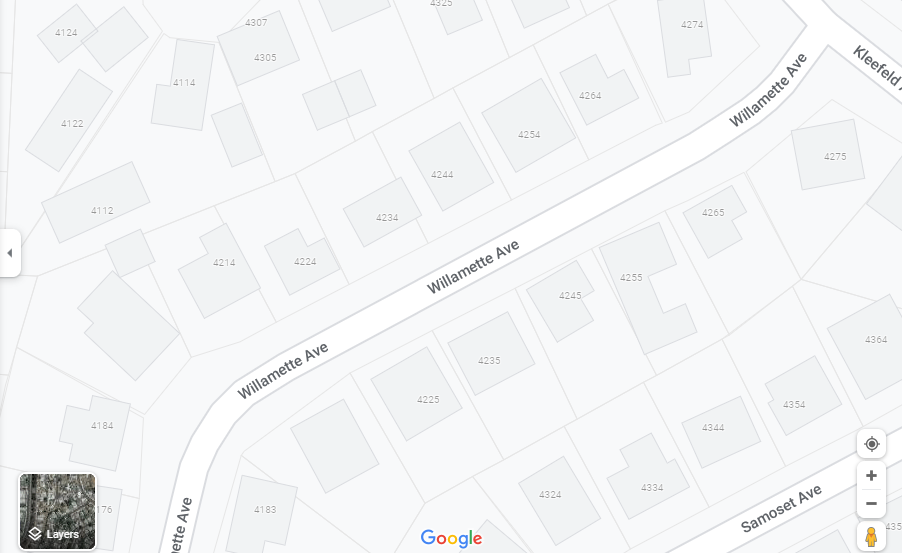
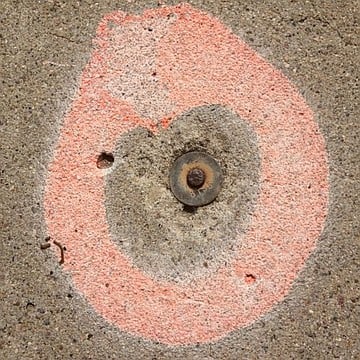
How do I get my street tree trimmed?
Before having your tree/s trimmed, you first need to acquire a No Fee Street Tree Permit from the City of San Diego. A Street Tree Coordinator will contact you to learn the details of the proposed work. Once permission is granted, then our company can move forward with having your tree work performed.
How do I get my street tree removed?
The process to have a street tree removed is similar to getting it trimmed. You are required to submit a No Fee Street Tree Permit with the City. The only difference is that you must have a permitted reason in order to be considered for approval, which will also need to be verified by a Street Tree Coordinator. According to regulations, which can also be found on the San Diego’s Tree Removal Permit website, these reasons may be one or more of the following criteria:
- The tree is dead, dying, or diseased.
- The tree has become a safety hazard.
- The tree is causing street, sidewalk, or structural damage.
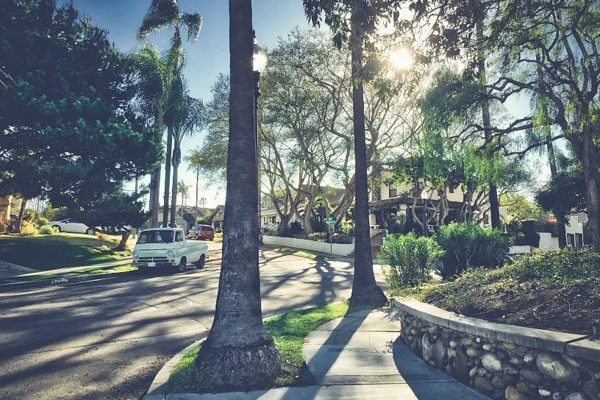
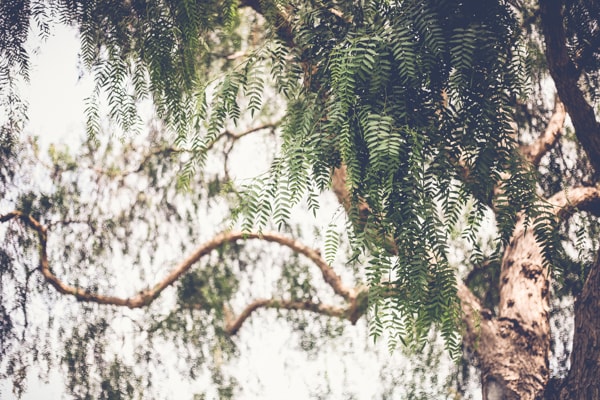
Can I plant a tree on my parkway?
The City of San Diego has a list of acceptable trees in their Street Tree Selection Guide. So if you are planning on transplanting a new tree into your parkway strip, you must first make sure that that it is City-approved. Then you must also fill out a…drumroll please…No Fee Street Tree Permit Application.
The strict enforcement of these tree regulations is meant for public safety and damage control. Certain species have a naturally stronger framework than others, making them less likely for failure of limbs or even the entire tree. Others, such as the ficus benjamina with their beastly root systems, are notorious for lifting pavement and breaking into pipes and foundations.
Occasionally, the list will change as the City continues to learn what tree species work and what species no longer meet their criteria. For example, the liquid amber is a popular sight along San Diego’s streets. It’s one of the few tree species in our city that supply us with beautiful fall color—but surprisingly, it is nowhere to be found on the acceptable trees list. These trees, not only have harmful roots, but they also drop a ridiculously bountiful amount of spiky balls that can be harmful to the public.
While some tree species may have gotten “the boot,” native species are highly encouraged. Yes, just like most of the residents in Pacific Beach, not all trees in San Diego are true locals. Such native trees include the California fan palm and the coast live oak.

